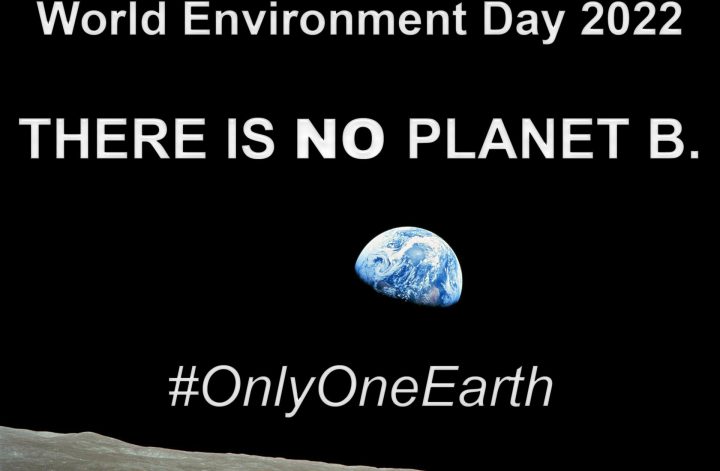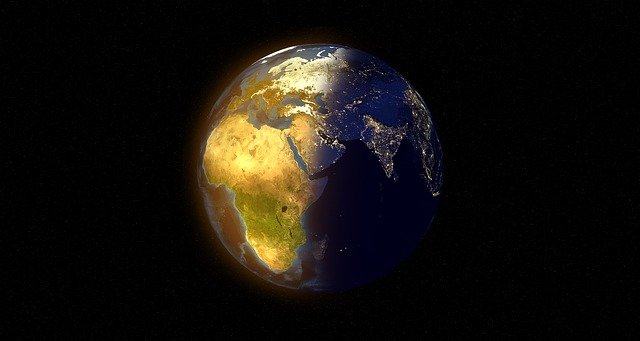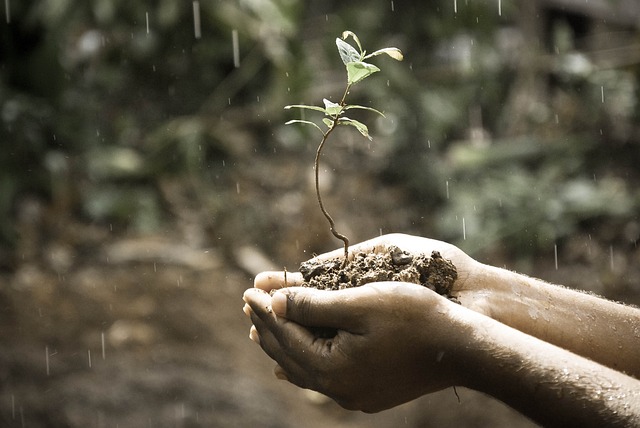INTRODUCTION
Climate change is showing its adverse impacts on the ecosystem of the Earth. Human-induced climate change is on its way to disable the functioning ecosystem. The current adverse impacts caused by climate change cannot be controlled but only preventive measures can be taken.
Also check out: How Much Time Earth Has Before Climate Change Destroys it?
CLIMATE CHANGE ADAPTATION METHODS
Climate change adaptation methods are those actions that lessen the potential negative consequences of climate change. It also includes taking benefits from the new breaks in order to adapt climate mitigation measures accordingly. Policies and actions are adjusted in order to determine observable changes in climate.
Climate change adaptation methods are prepared so that adequate action can be taken to tackle the current and future consequences of climate change. Few climate adaptation methods are briefly described below.
1. Drought Tolerant Crops: Due to climate change, crop production has been reduced, creating food insecurity issues. In such cases, the plantation of drought-tolerant crops could be an effective adaptation measure.
2. Poverty Alleviation: There is a strong connection between poverty and climate. People living in poverty are the ones who suffer the most from changing climate. Reducing poverty and improving the living standards of the poor is another climate change adaptation method.
3. Equal Access to Resources and Wealth: Equal access to resources and wealth will reduce the burden on natural reserves.
4. Improving Infrastructure: Improving infrastructure could be a feasible climate change adaptation technique. Urbanization is enhancing the effects of climate change.
5. Ensuring Efficient Water Use: Water reserves are already under stress due to water pollution. The water scarcity issues can be tackled by ensuring efficient water use.
6. Rainwater Storage: Heavy rains bring floods. There should be a rainwater storage system in those areas that experience heavy rainfall. So check out: 10 Easy Ways To Store And Use Rainwater In Your House.
7. Biodynamic Farming and Drip Irrigation: Biodynamic farming would help us adapt to climate change in a more effective way. For more detailed info, read Biodynamic Farming Benefits and Importance for Environment. Drip irrigation method of irrigation saves water. Old traditional agricultural practices are contributing to water shortage.
8. More Focused Research: There should be more focused research on climate change and adaptation techniques in order to tackle the negative effects of climate change.
9. Disaster Management Strategies: Increased frequency of natural disasters can only be taken into control by applying disaster management strategies.
CLIMATE CHANGE MITIGATION STRATEGIES
Climate change mitigation strategies are those actions that involve the control of human activities. Anthropogenic activities are triggering climatic changes. Mitigation measures include less emission of greenhouse gases, environmentally-friendly techniques, etc. Few climate change mitigation measures have been discussed below.
1. Sustainable Agriculture Practices: Sustainable agriculture practices reduce the burden on water reserves, increase crop yield and improve soil health.
2. Reduction of Pollution/GHG Gases: Fossil fuel combustion should be avoided in order to reduce air pollution.
3. Efficient Use of Energy/Use Of Alternative Sources Of Energy: The best way to reduce the emission of greenhouse gases is by switching to an alternative source of energy.
4. Green Infrastructure/Sustainable Urban Development: Sustainable urban development will help us adapt to climate change. Eco-cities should definitely be built to improve climate change mitigation, as well as adaptation. Check out: Blueprint of an Eco-city – How To Create Sustainable Cities? and Eco-Friendly Sustainable Interior Design – How To Do It?
5. Use of Carbon Capture Techniques: The use of carbon capture and storage technique will reduce the number of carbon compounds in the air. Read: What is Carbon Sequestration? – Techniques and Importance.
6. Afforestation/Reforestation: Forests are a carbon sink. Reforestation will reduce the high levels of carbon in the atmosphere that lead to global warming.
7. Waste-To-Energy: Waste to energy technologies will reduce the burden on the economy, it’s an eco-friendly and sustainable approach to a better ecosystem.
8. Environmental Education and Public Awareness: The government should start campaigns regarding environmental education to raise public awareness. Read: 10 Simple Ways You Can Raise Awareness About Climate Change.
9. Laws and Regulations: There is an immense need for reforming laws and regulations in order to tackle the impacts of climate change on a larger scale.
10. Using Renewable Energy Resources: We all know that CO2 is one of the main drivers of Global Warming and Climate Change, therefore a transition to green energy would help us mitigate climate change. For more info: What Are Renewable Energy Sources? – Types of Green Energy and Renewable Alternative Energy Resources – Advantages and Disadvantages
You might also want to read: What is Climate Change Adaptation? – Importance and Methods
I hope you all liked this post! Please comment below if you have any suggestions, comments, or feedback! We at #envpk love hearing from our readers! Thanks!




